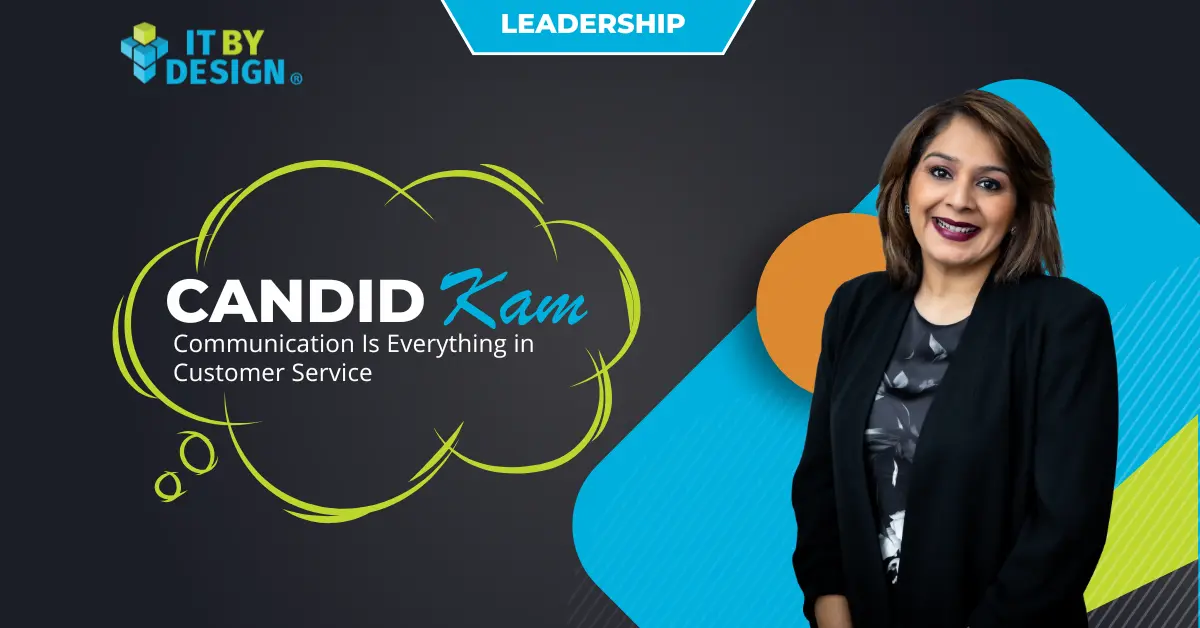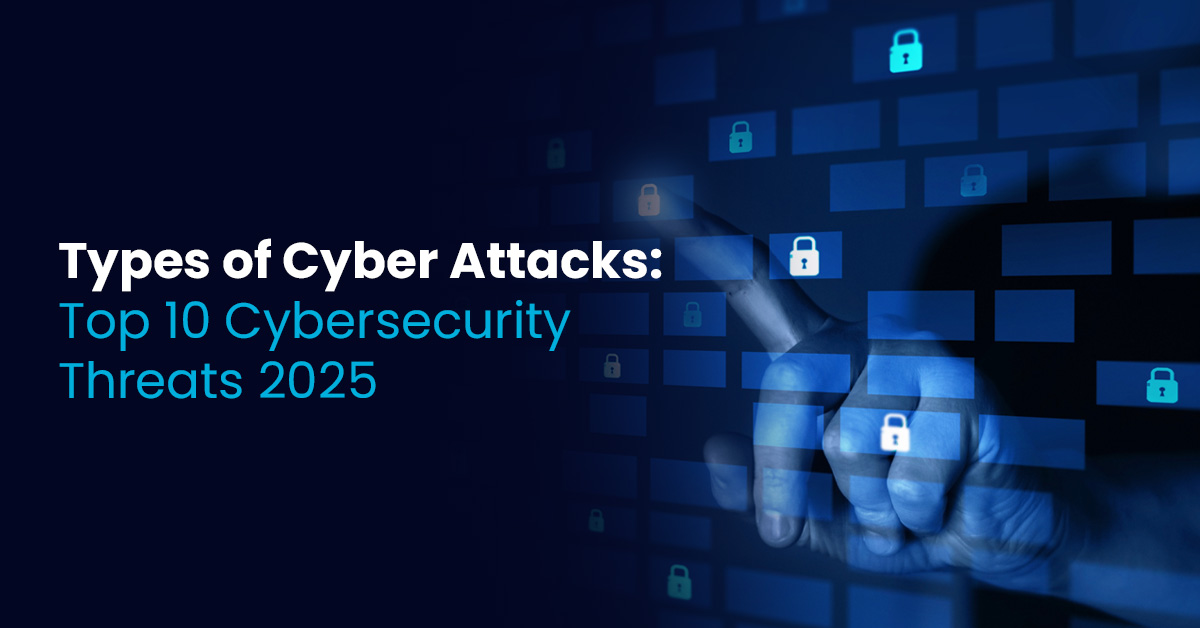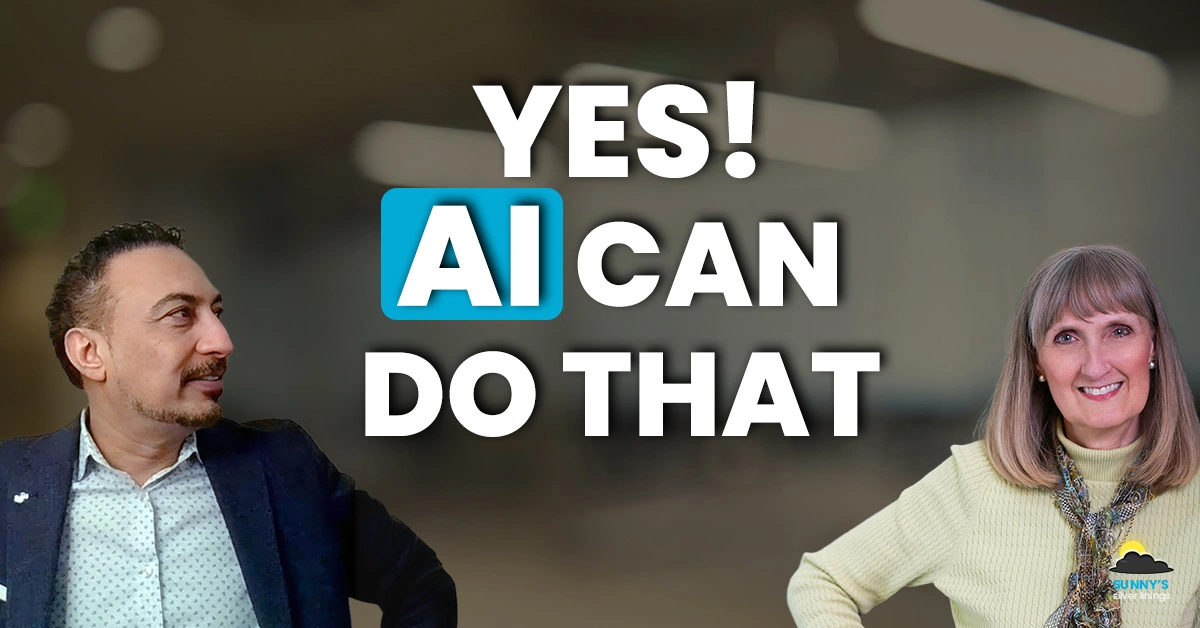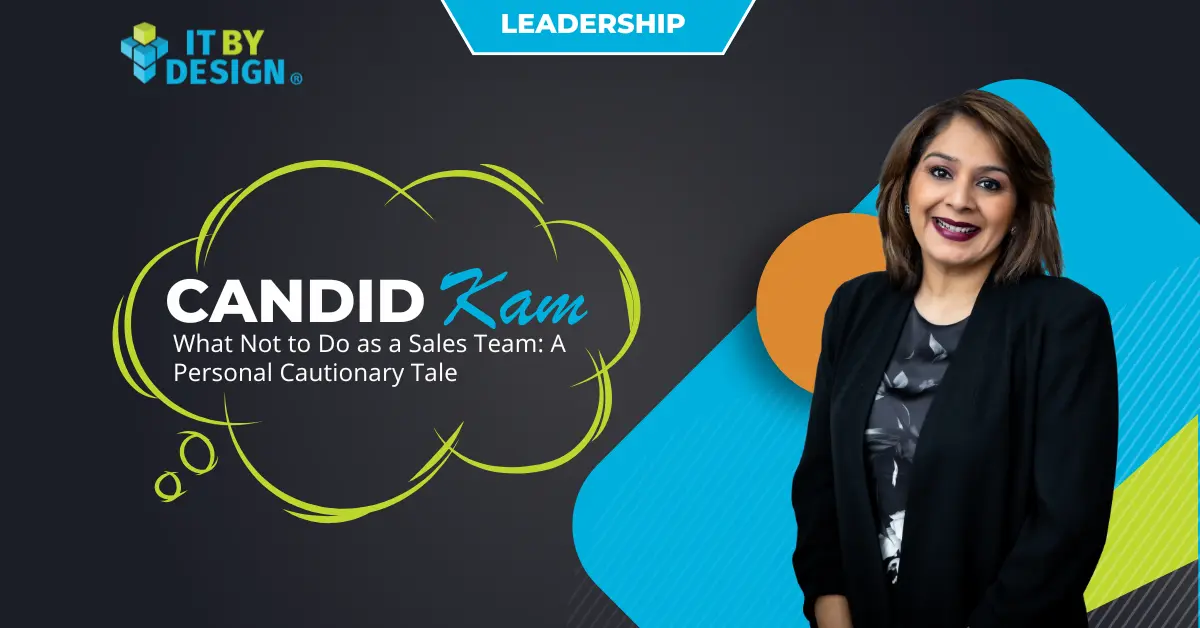“Problems cannot be solved with the same mindset by which they were created.” – Albert Einstein.
Last week we talked about the 6 flaws of traditional brainstorming: Dominance of Extroverts, Production Blocking, Premature Contamination, Free Riding, Lacking Idea Improvement, and Lack of Stimuli. (Missed it? Check it out here.
Dr. Martin J. Eppler together with his colleagues Roland A. Pfister, and Friederike Hoffmann developed a framework called Creability, for ‘collaborative creativity.’ They also wrote a book of the same name (unfortunately, the book is written in German).
According to these experts, we should be using these 5 Creability Principles that help support creative work and collaborative ideation in our businesses. These principles are:
- Clarify: Clearly identify the actual issue and its drivers. This is about ensuring that everyone understands the facts about the situation.
- Challenge: Question your basic assumptions about the problem, and the potential solutions. This is about questioning limits or constraints that you have about the situation or the potential solutions.
- Change: Switch your view on the issue. Sometimes when we’re looking at a problem, we get tunnel vision. This step is all about changing perspective on the problem and looking at it from an outsider or client’s perspective.
- Combine: Connect the best ideas you and your team have come up with as potential solutions for this problem. This enables the ideas to be compiled together and looked at in different ways. The best solutions will likely be any combination of parts from different ideas.
- Check: Test your ideas and get feedback. This is the time to get feedback from people on the potential solutions. What are the weaknesses? What’s missing? How do we make this better?
Before we start using the creability framework, we need to have our team warm-up their creativity muscles. You can do this by having the team work on a smaller creative problem. For example, what would each team member do to make money from a cow, without killing or milking it? Perhaps there’s an untapped market out there for pet cows…who needs a dog, when you can get Junior a cow? OR maybe cows provide the perfect environmental landscaping solution with bonus fertilizer for the best lawns? Wait – what if we harnessed the methane from the cow’s ‘outputs’ and sold it to fuel cars?
Another question could be ‘what other possible uses are there for paperclips, other than holding paper together?’ Not going to lie, I have seriously considered using a paperclip as a hair barrette when I couldn’t find my actual hair clip. You get the idea. We have to prepare ourselves to think out-of-the-box and in creative ways.
So, what does the Creability group recommend we do, instead of brainstorming? Brain Writing. It follows the same principles as brainstorming but is done individually, quietly, and with no external feedback. This method addresses the key flaws of brainstorming.
Another strategy they recommend is to use a PPCO Constructive Feedback framework to improve and refine ideas and proposals.
- Positive: Feedback must begin with a positive comment about the idea – what was good?
- Potential: Identify what other benefits might result from the success of this idea.
- Concern: If you have concerns about the idea, or some part of the idea, phrase your concerns as open ended questions that begin with the phrase “How do…”
- Overcome: Start to brainstorm ideas for addressing the concerns you raised.
The final bit that they recommended when doing collaborative creativity is based upon research as well. Their research showed that people are more willing to contribute and participate with new ideas, thoughts, options, etc. if the ‘working documents’ are not finished. Notes should NOT be typed, and mind-maps should also not use any software. The process should use markers and flip chart paper and be done entirely by hand (I swear I don’t own Post-it or Sharpie stocks????).
There are several other free resources and templates available on the Creability site, to help you improve the collaborative creativity of your teams.









